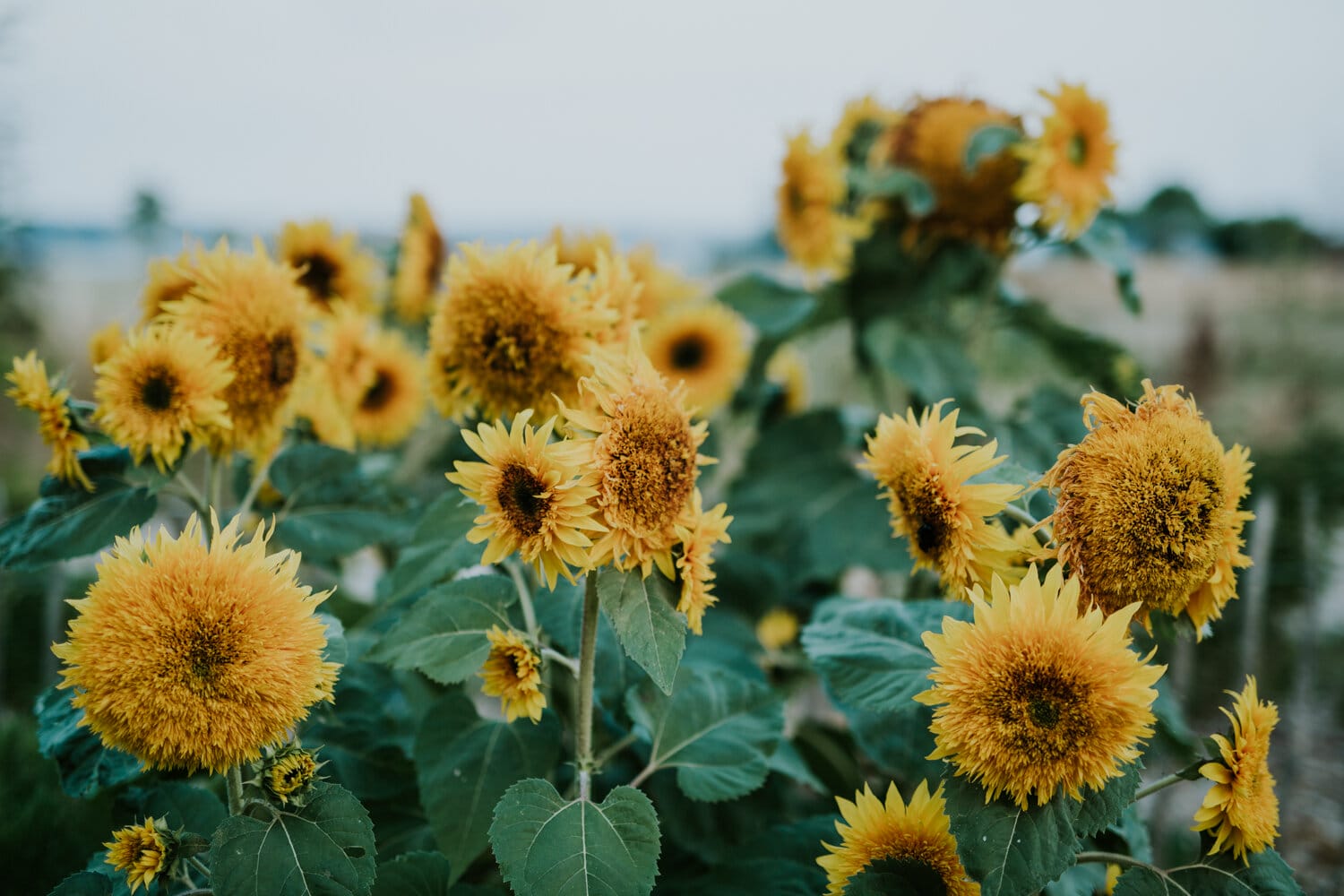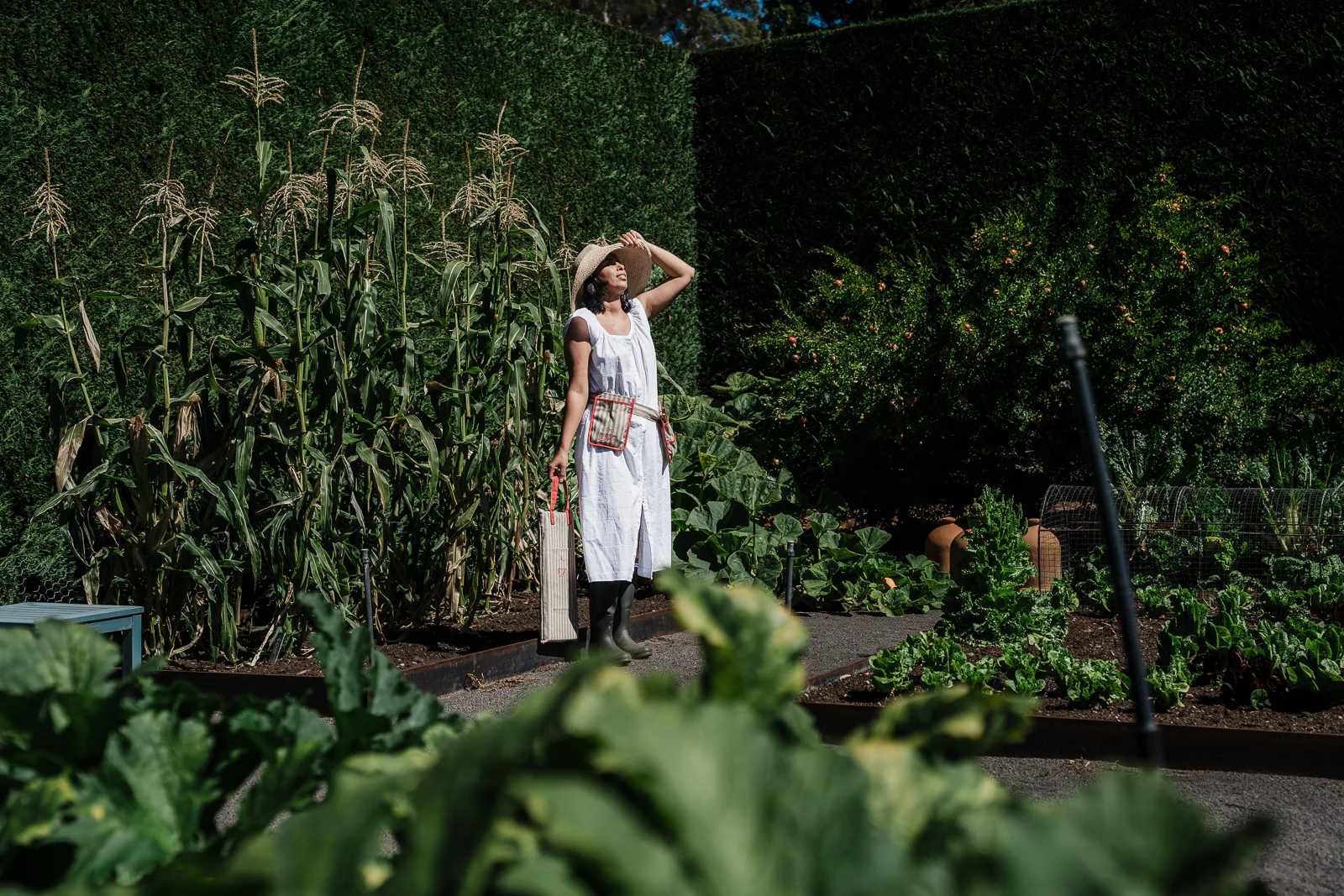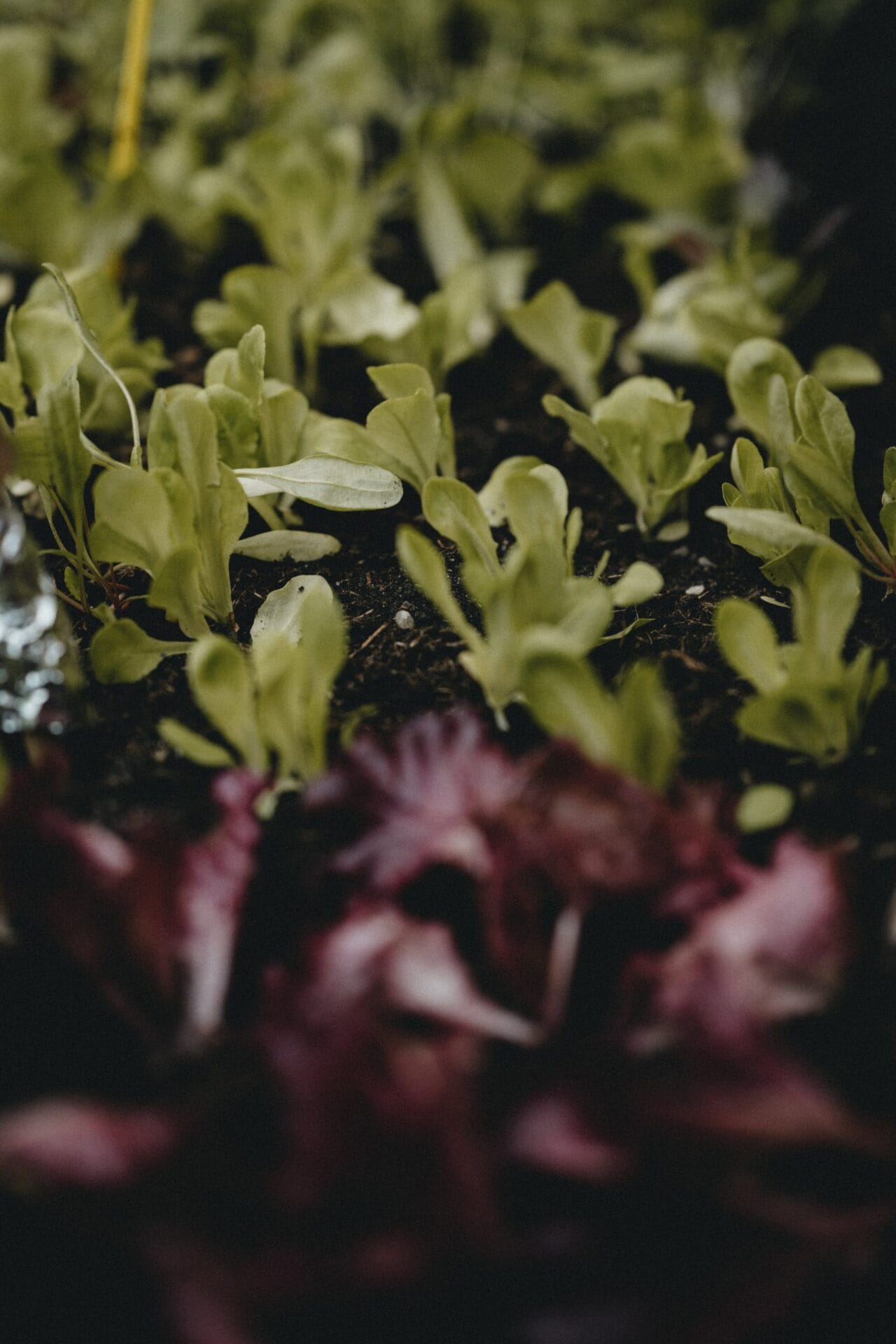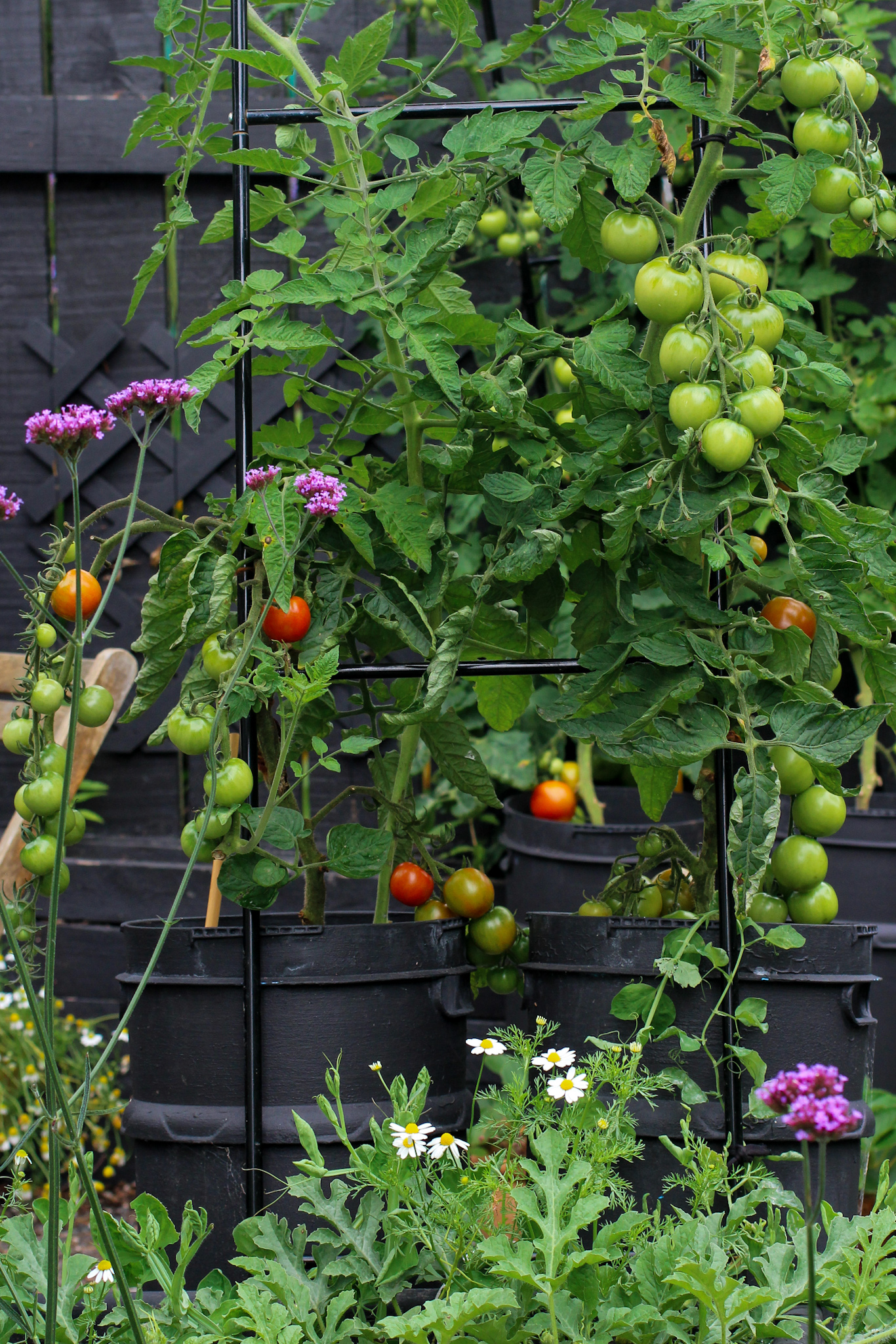February Gardening
Ripening fruits and vegetables need regular and constant moisture if they are to be harvested at their best.
February is still an exciting and rewarding time for harvesting your summer edibles. Now’s the time to start clearing out some of the overgrown jungle that was your summer crop, giving your veggie garden some space to get growing its autumn and winter crops. You can even start thinking about planting your spring bulbs!
There’s still lots to do to keep the garden surviving and thriving through the heat — watering, weeding, feeding and mulching.
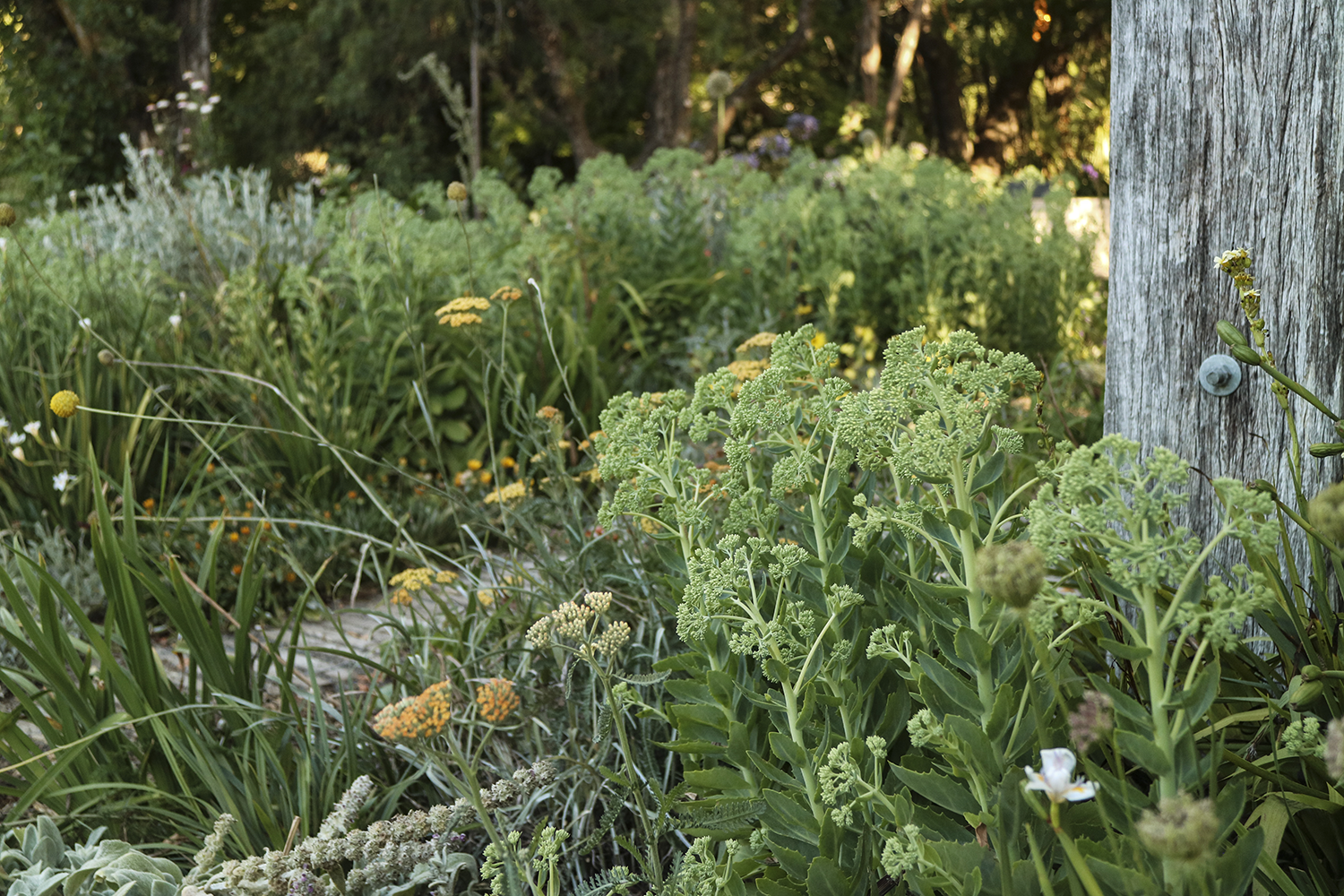
Plants for Dry Soil
February, being hot and dry in most parts of the country, is a good time to watch which plants in your garden are requiring little or no water to survive.
With water restrictions in some areas, it’s important that we find plants that thrive in these tougher conditions.
Think: plants that have originated from hot climates. Many have silvery or furry leaves, which help the plants retain moisture either by reflecting sunlight or trapping dew droplets between the hairs on the foliage.
Bearded and Japanese water irises, lavender, catnip, thyme, lamb’s ears, phlomis, rosemary, smoke bush, agave, sedums, euphorbia…
RELATED READING: 34 Drought-Tolerant Plants for Dry Gardens
General Gardening
Water
You’ll need to water regularly and deeply this month. Keep vegetable plots and especially your pot plants well watered, which dry out faster than garden beds. Plants are best watered in the morning (before 9am) or early evening (after 5pm), not during the searing heat of the day. Avoid watering on windy days (accelerated evaporation).
— Deep Watering
Deep water trees, shrubs, roses and pots — soak deeply every few days to a week (rather than a little every day).
Turn the hose on very low and leave to soak each plant. This will encourage deep root growth (more drought resistant) and happy plants.
Mulch
We’ve said it a thousand times, and we’ll say it again — mulch, mulch, mulch. At this time of year the purpose of mulch is to conserve moisture and protect a plant’s roots from the heat of the sun — as well as suppressing weeds. Use pea straw, bark/wood chips, newspaper or shredded cardboard, grass clippings, seaweed, wool…
Seed Saving
With annual plants you want to grow more of, leave the flowers on and let them ‘go to seed’.
Vegetables and flowers (like cosmos, aquilegia, hellebores, nasturtium and so many more) are easy to collect and grow from seed.
Store seeds in a labelled paper bag or envelope — keep somewhere dry and cool.
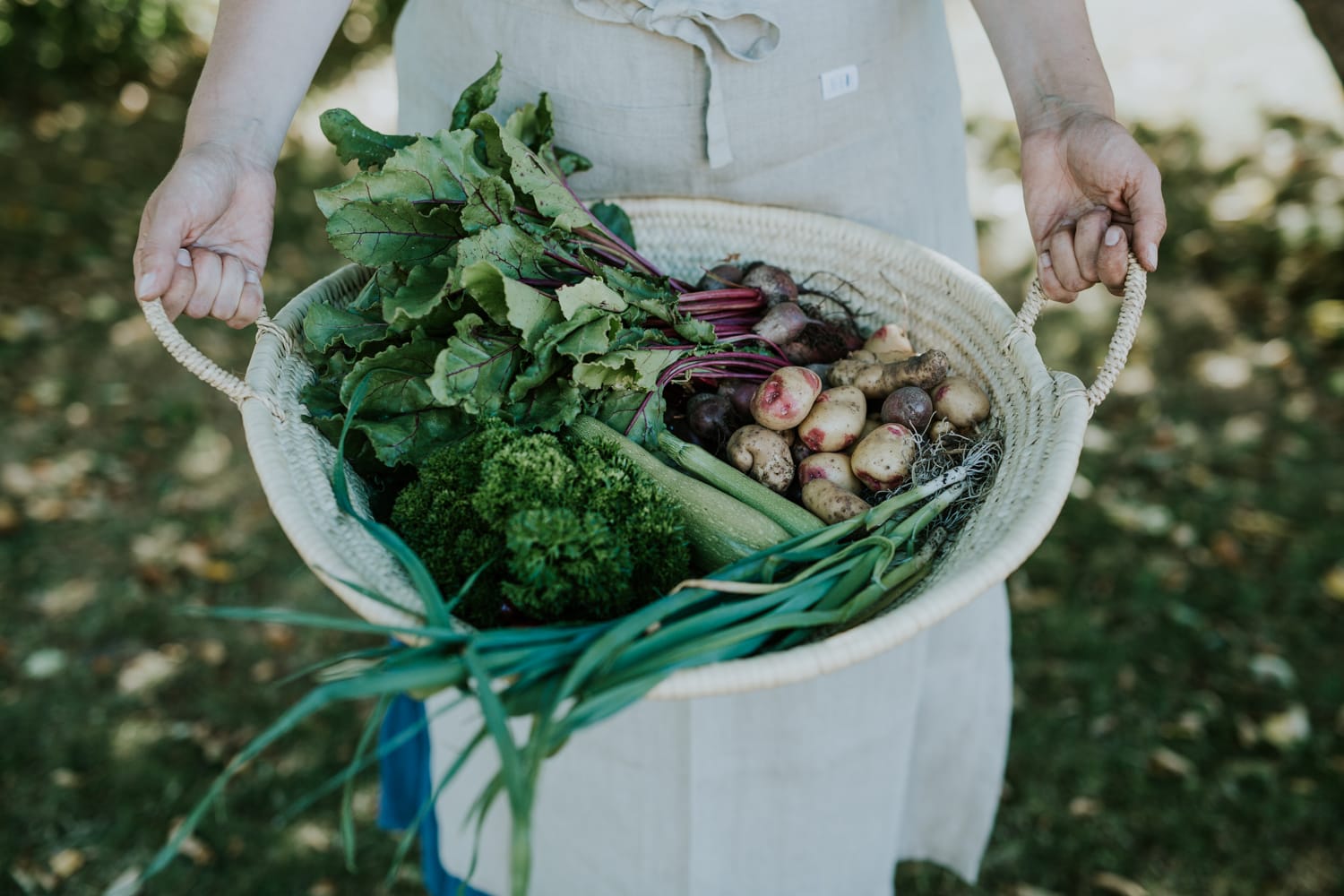
Vegetable & Edible Gardening
Harvest
February is such a productive month for harvesting summer produce — peas, beans, capsicums, basil, tomatoes, courgettes, cucumbers, sweetcorn, potatoes, eggplant, stone fruit, apples, passionfruit and lots of berries.
- Pick tomatoes and keep pinching out laterals
- Harvest sweetcorn when the tassels have begun to dry
- Pick herbs like coriander, mint, parsley, sage, rosemary and thyme often (to encourage more growth). Use in salads
- Keep a keen eye on your berry plants and pick as soon as they’re ready – before the birds get to them!
Prep for your winter crops
When your summer crops are finished, you can pull them out of the ground this month to make room for your winter vegetable garden. While the garden is empty, take time to replenish the soil by adding compost, seaweed and/or sheep pellets or well rotted manure.
You can sow seeds of winter brassicas, root vegetables and winter greens so seedlings will be well established when the colder weather arrives. In cooler areas, you can start planting some early winter seedlings to get a head start.
What vegetables & edibles to plant in February —
ROOTS — Beetroot
BRASSICAS — Broccoli, Cabbage, Cauliflower, Kale, Kohlrabi, Pak choi
OTHER — Celery, Leeks, Onions, Spring onions
HERBS — Basil, Chervil, Coriander, Dill, Parsley
SALAD GREENS — Lettuces, Mizuna, Silverbeet, Spinach
FRUIT — Blueberries, Passionfruit, Rhubarb, Strawberries
Gardening In the Orchard
Plant
Plant citrus, rhubarb, blueberries and strawberries.
Caring for your Fruit Trees
WATER — Keep citrus and all other fruit trees well watered (as well as grapes and berries)
MULCH — Mulch around the root zones, keeping the mulch material away from the trunk
FEED — Add sheep pellets and citrus food to your citrus trees, ready for their winter fruiting
PRUNE — When stone fruit trees have finished fruiting, prune to shape and remove dead or diseased branches
Berries
Keep scrambling berry plants, like boysenberries and blackberries, well staked and supported so the berries stay off the ground. Trim long runners off strawberry plants, to encourage more fruit.
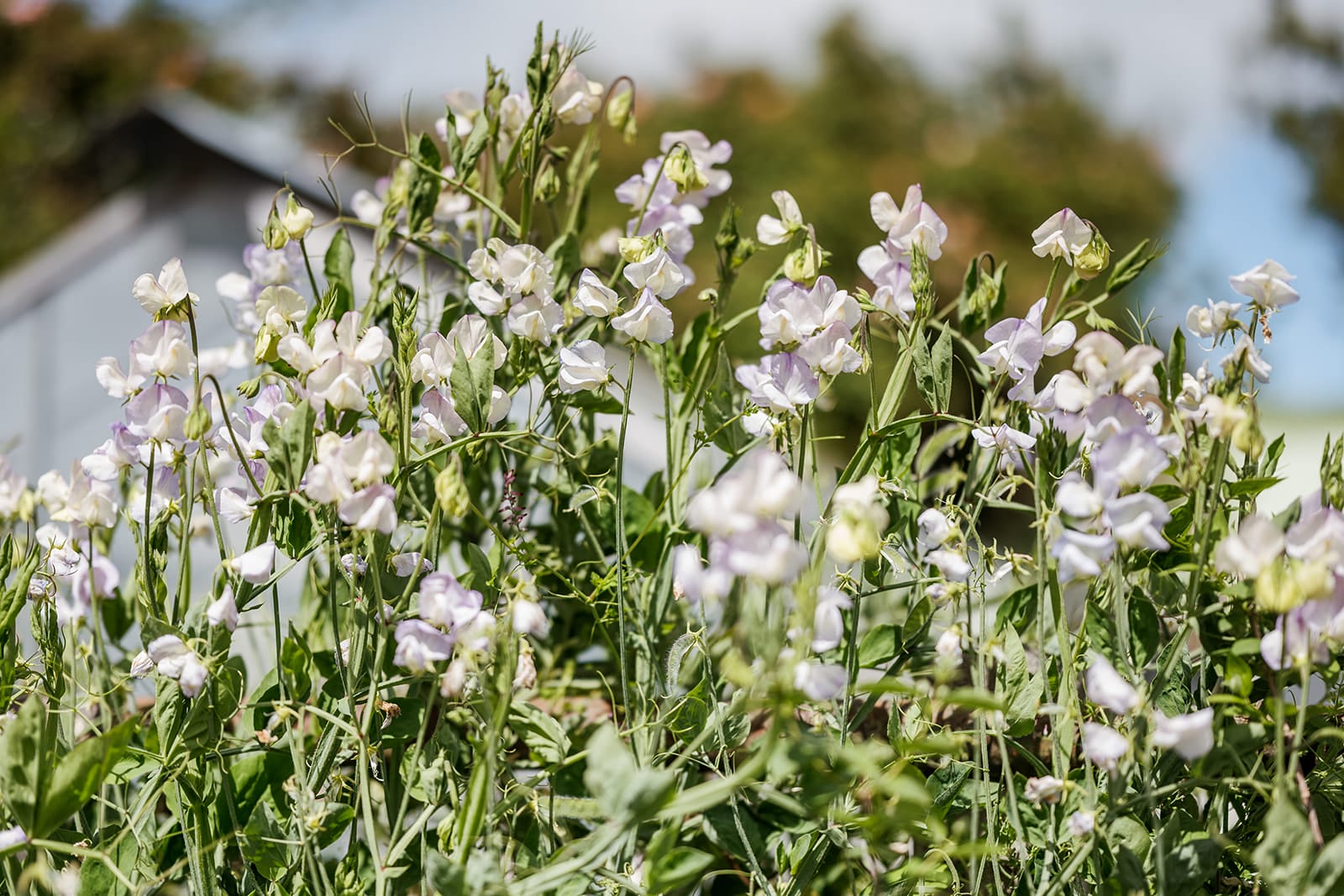
Gardening in the Picking Garden
Plant
SPRING BULBS — You can start planting your spring bulbs now! (Though you’ve got until May to get bulbs in the ground) — daffodils, ranunculus, anemones, freesias, gladioli nanus, hyacinths, tulips
ANNUALS — nemesia, marigolds, delphinium, cosmos, stock, calendula
PERENNIALS — hellebores, echinacea, lavender, alyssum, chrysanthemums, verbena, verbascum, arctotis, gazania, gaillardia, penstemon, larkspur, forget-me-not, daisies
Pick
Roses, hydrangeas, sunflowers, delphiniums, lilies, gladiolus, sweet peas, cosmos, gypsophila, geraniums, marguerite daisies, cornflower and strawflowers
Deadhead
- Summer flowers (to encourage a fresh batch of blooms)
- Roses
- Hydrangeas
Take Cuttings
Now is a good time to take cuttings for transplanting from plants like roses, hydrangeas and other shrubs.
Further reading: How to: Propagate Plants
Dividing herbaceous perennial plants is a common way to propagate and multiply the plants in your garden. It’s also a great way to maintain perennial health and vitality by preventing overcrowding, improving flowering, and prolonging their lifespan.

